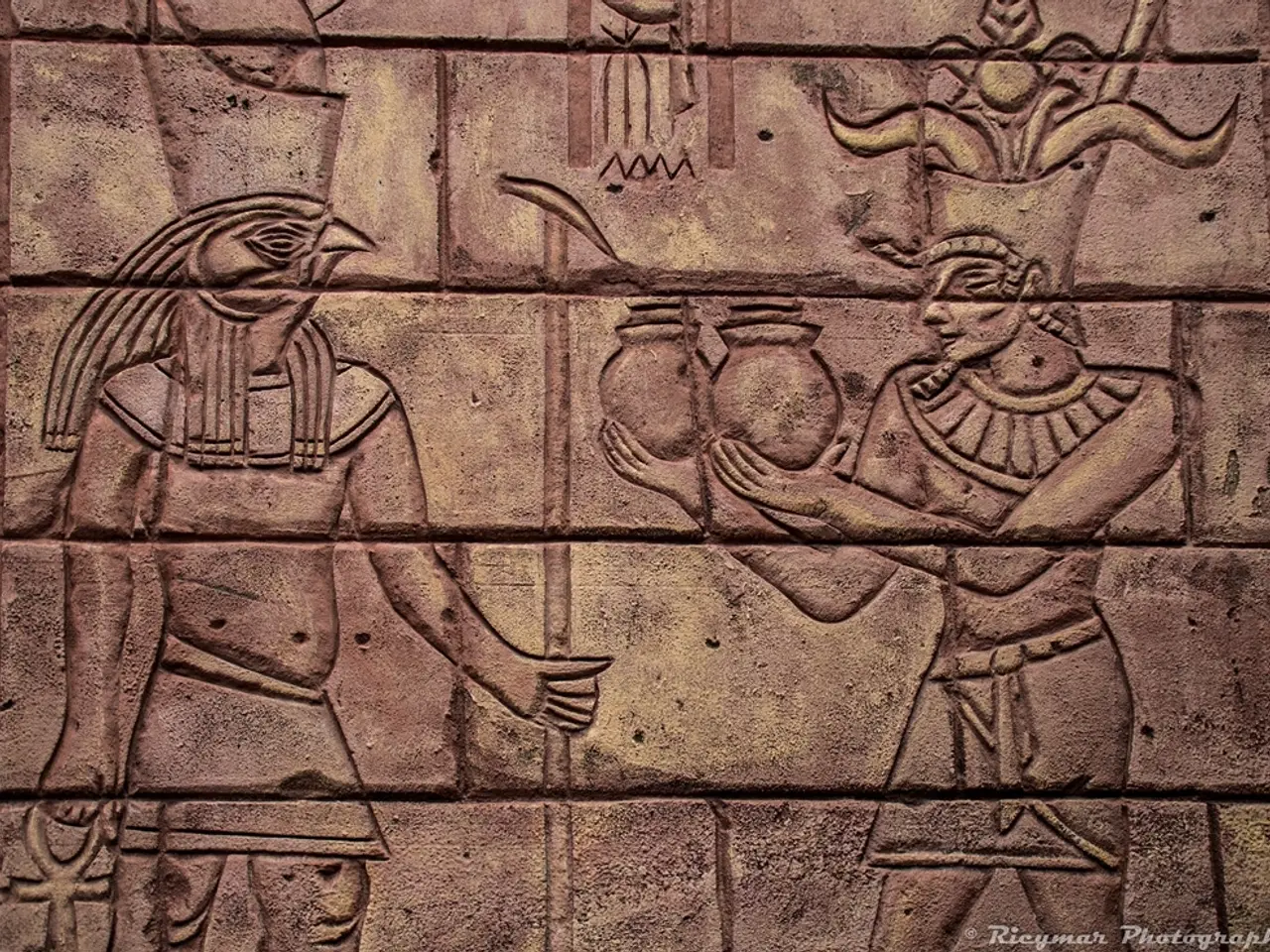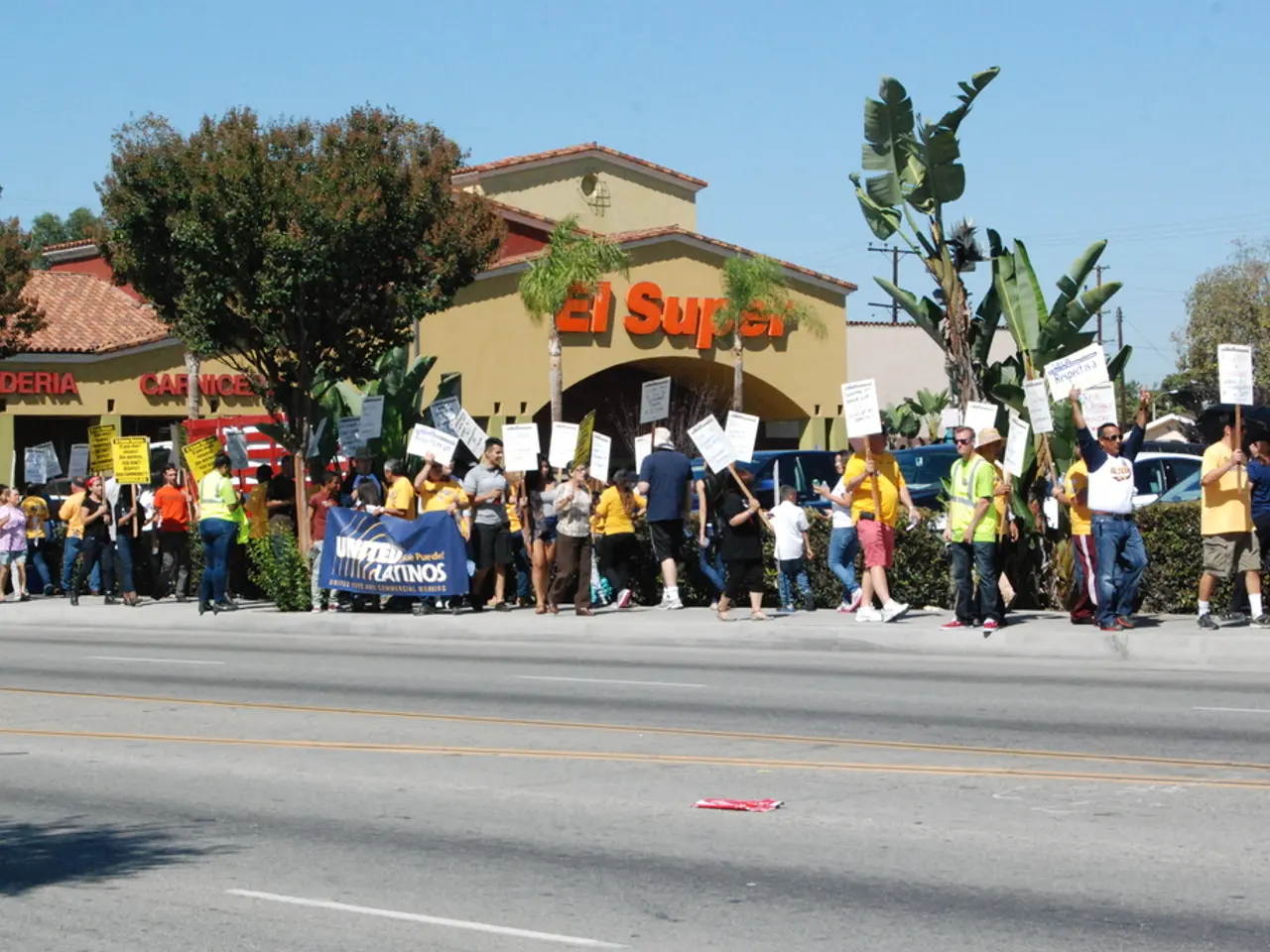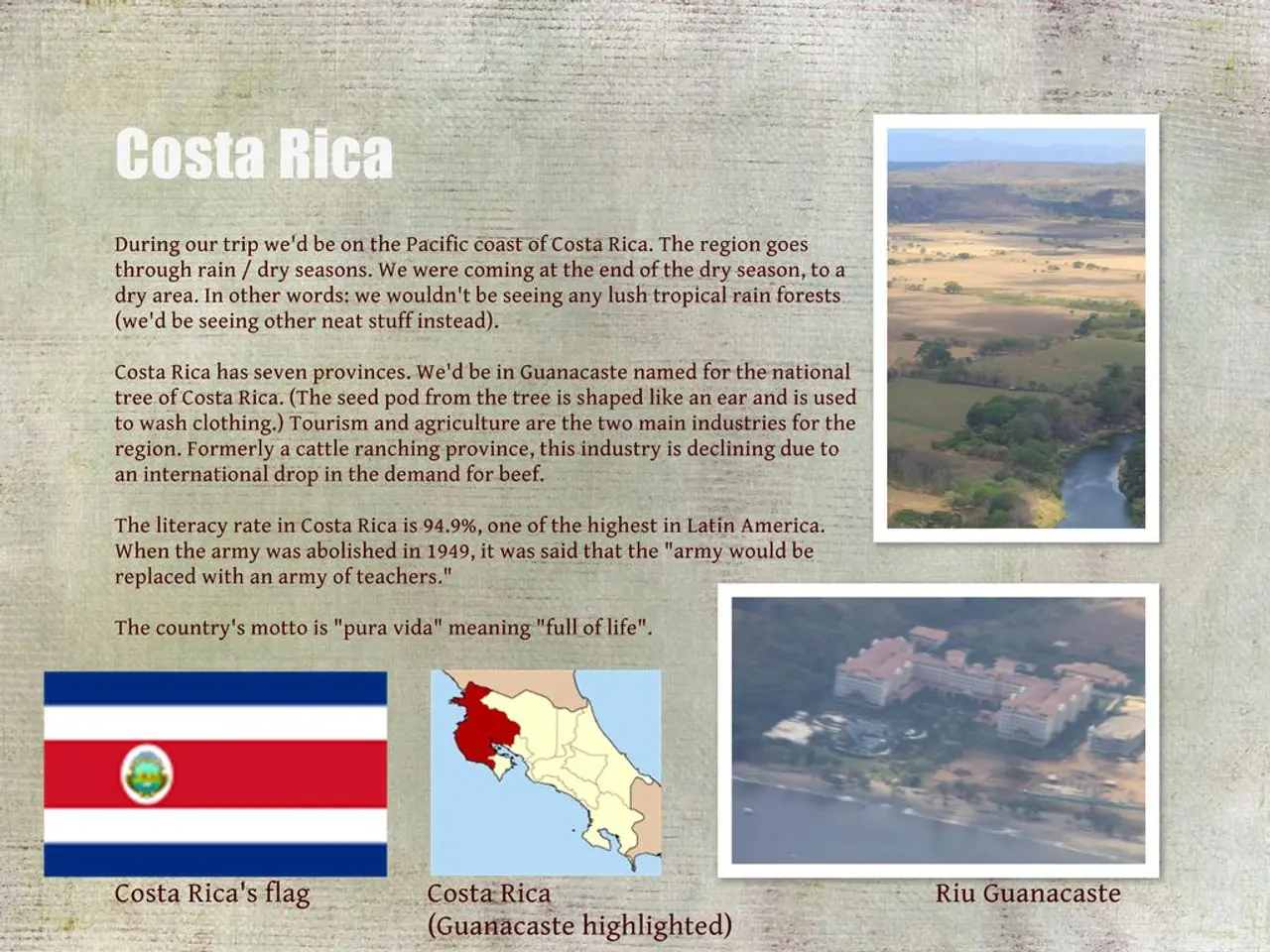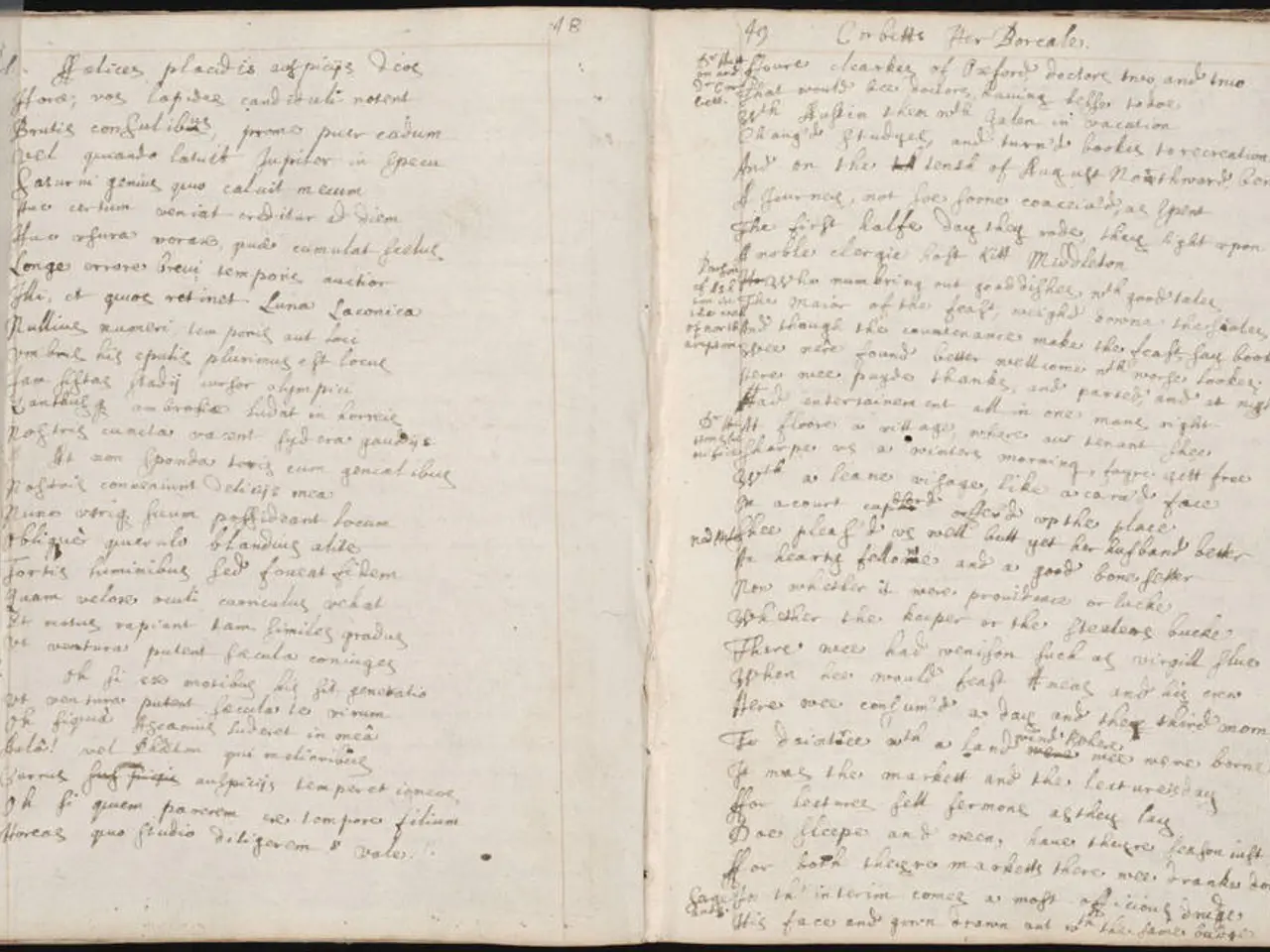Fresh Discoveries at Troy Reveal potential Insights into the Historical Trojan Conflict
In the heart of Turkey, the ancient site of Troy is shedding new light on the city's mysterious past. The latest excavations led by Professor Rustem Aslan from Canakkale Onsekiz Mart University have unearthed compelling evidence of a violent destruction event that aligns with the traditional period of the Trojan War, around 1200 BC.
The excavations have uncovered a destruction layer dating back approximately 3,200 to 3,600 years, filled with human skeletal remains, charred structural debris, weaponry such as arrowheads, and a significant concentration of smoothed river rock sling stones - projectiles known for their deadly capabilities in ancient battles.
The presence of sling stones clustered near key city structures like the palace and city walls implies these were focal points of defense and attack strategy during the conflict. Previous excavation campaigns found similar destruction layers with hastily buried human remains, reinforcing the picture of warfare at Troy's sixth and seventh phases (Late Bronze Age).
The 2025 campaign aims to delve deeper into these findings by carefully excavating these layers and uncovering more related artifacts. The discoveries so far indicate that Troy's collapse was not a gradual decay but a violent and abrupt event.
The concentration of sling stones in a small area suggests intense fighting, either a desperate defense or a full-scale assault on Troy. These findings strongly support a sudden and violent destruction event consistent with the violent sacking of Troy described in Greek literary accounts.
The discoveries at Troy align with the ancient literary accounts of Troy's violent downfall, bringing the legendary event closer to reality than ever before. As the excavations continue, we can expect to gain a clearer picture of this historic period and the events that led to the fall of one of history's most iconic cities.
[1] Aslan, R. (2025). The 2025 Excavations at Troy: Preliminary Findings. Journal of Archaeology. [2] Schachner, F. (2025). Troy's Last Days: New Evidence from the 2025 Excavations. Archaeology Magazine. [3] Mee, C. (2025). The Fall of Troy: New Archaeological Evidence. History Today. [4] Longo, G. (2025). The Destruction of Troy: A Closer Look at the 2025 Excavations. Ancient History Encyclopedia.
- The 2025 excavations at Troy, led by Professor Rustem Aslan, have discovered a compelling collection of evidence supportings the violent sacking of Troy, as described in Greek literary accounts, including a significant concentration of sling stones, weaponry, and human remains, indicative of politics and war-and-conflicts that were prevalent during its collapse.
- The discovery of a destruction layer filled with sling stones, weaponry, and human skeletal remains,DATING back approximately 3,200 to 3,600 years, has brought the ancient events surrounding the fall of Troy into the general-news sphere, as the latest excavations have provided new insights into the city's mysterious past, shedding light on its violent destruction and the warfare that ensued during the Late Bronze Age.







